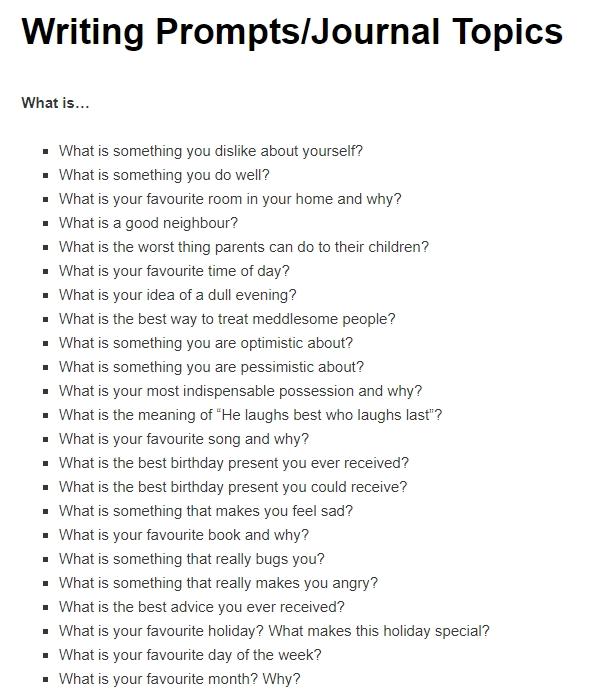How to Write AI Prompts That Get Results: The Ultimate 2024 Guide
Artificial Intelligence (AI) technologies are transforming how we work, create, and communicate. But to unlock the true potential of AI-whether it’s for content generation, coding assistance, or data analysis-you need to master an essential skill: writing effective AI prompts. This article will guide you through practical strategies on how to write AI prompts that get results, boosting your productivity and enhancing the quality of outputs.
Why Writing Strong AI Prompts Matters
AI models rely on the input they receive. A well-crafted prompt guides the AI to produce accurate, relevant, and insightful responses. Conversely, vague or unclear prompts can lead to disappointing or irrelevant results. Effective prompts save time, reduce the need for iterative corrections, and maximize output quality.
Key Benefits of Writing Effective AI Prompts
- Improved Accuracy: Clear prompts lead to precise AI responses.
- Boosted Creativity: Well-structured inputs encourage innovative AI content.
- Time Efficiency: Reduces the number of edits and follow-ups needed.
- Better User Experience: Enhances reader engagement when AI-generated.
- Cost Effectiveness: Saves resources by minimizing unnecessary API calls.
Essential Elements of High-Converting AI Prompts
To write AI prompts that generate the best results, it’s imperative to include the following elements:
| Element | Description | Example |
|---|---|---|
| Clarity | Clear, unambiguous wording to avoid confusion. | “Write a 300-word blog post about healthy breakfast recipes.” |
| Specificity | Includes relevant details, limiting the AI’s scope. | “List five vegan breakfast recipes using oats and nuts.” |
| Context | Provides background information for informed responses. | “For a fitness blog targeting beginners, describe benefits of smoothies.” |
| Constraints | Defines limits like word count, tone, or style. | “Use an informal tone and keep under 200 words.” |
| Open-endedness | Encourages detailed, in-depth answers when needed. | “Explain the impact of technology on education.” |
Step-by-Step Guide: How to Write AI Prompts That Get Results
1. Define Your Objective Clearly
Before crafting your prompt, know exactly what you want from the AI. Is it a list, a summary, a creative story, or a technical explanation? Having a distinct goal streamlines your prompt.
2. Provide Detailed Context
Include relevant background so the AI understands the situation or target audience. For example, specifying the industry or reader type improves relevance.
3. Use Specific Keywords & Phrases
Incorporate strong keywords aligned with your desired content. This helps with search engine optimization (SEO) and guides the AI towards target concepts.
4. Set Parameters and Constraints
Limit length, tone, format, or style to match your needs. This reduces unnecessary revisions.
5. Experiment and Refine
AI prompting is iterative. Test different versions, analyze outputs, then tweak your prompt to improve results.
6. Incorporate Examples When Possible
Including examples within prompts provides the AI with a model to mimic, improving output quality and style consistency.
Practical Tips for Writing AI Prompts
- Use Clear Language: Avoid jargon or overly complex words unless required.
- Keep Prompts Concise: Longer isn’t always better; focus on relevance.
- Use Step-by-Step Requests: Break complex tasks into smaller subtasks.
- Check AI’s Output Quality: Identify if poor results relate to prompt vagueness.
- Incorporate Feedback Loops: Ask the AI to analyze or improve its previous output.
- Be Mindful of Bias: Use neutral phrasing to avoid inadvertently biasing the response.
Common Mistakes to Avoid When Writing AI Prompts
- Being Too Vague: Ambiguous prompts cause the AI to guess, leading to irrelevant outputs.
- Overloading Prompts: Packing multiple requests in one prompt can confuse the AI.
- Ignoring AI Limitations: Some tasks require human oversight or expertise; don’t expect perfection every time.
- Forgetting to Proofread: Mistakes or typos in prompts can degrade results.
Real-World Case Study: Boosting Content Marketing with Smart AI Prompts
Scenario: A digital marketing agency used AI to generate blog posts for diverse industries.
Challenge: Initial AI outputs were generic and required extensive editing.
Solution: The agency implemented detailed prompts specifying target audience, tone, key messages, and SEO keywords.
Result: Content quality improved drastically, engagement increased by 40%, and editing time dropped by 60%.
Quick Cheat Sheet: AI Prompt Writing Tips
| Tip | Why It Matters |
|---|---|
| Use precise instructions | Gets clear, focused output |
| Limit scope & define format | Prevents rambling or unrelated content |
| Include examples | Helps AI understand tone & style |
| Iterate and test | Improves prompt effectiveness over time |
| Use natural language | Aligns with how AI is trained |
Conclusion: Mastering AI Prompts for Exceptional Results
Writing AI prompts that get results is both an art and a science. With clear objectives, detailed context, specific phrasing, and structured constraints, you can harness AI tools to create compelling content, solve problems, and streamline workflows efficiently. Remember, the best prompts often come from testing, refining, and learning as you go.
Start practicing with the strategies outlined above and watch your AI-powered projects transform with consistently better outcomes.
Ready to elevate your AI prompting skills? Apply these proven techniques today and unlock the full power of AI-generated content!











